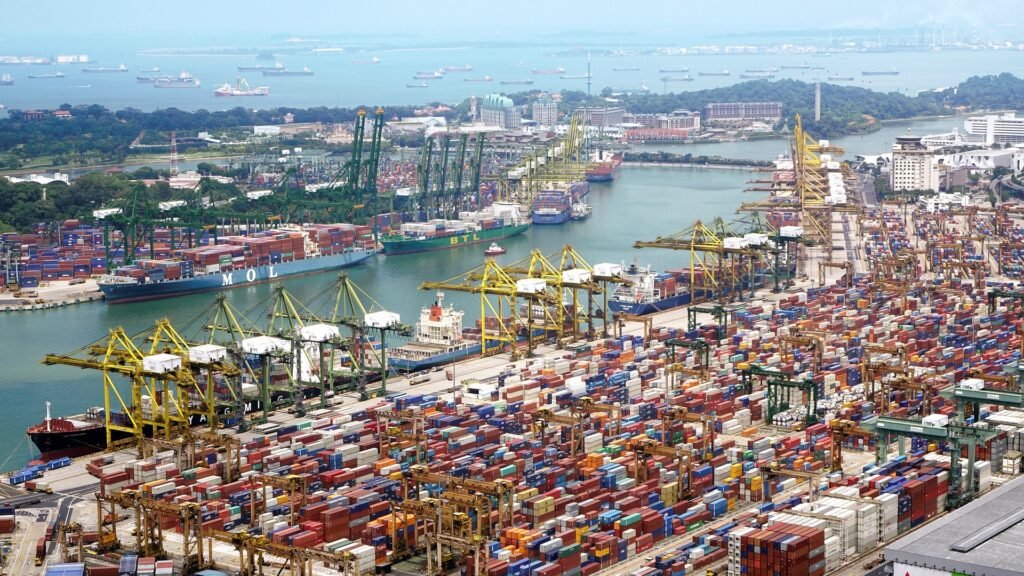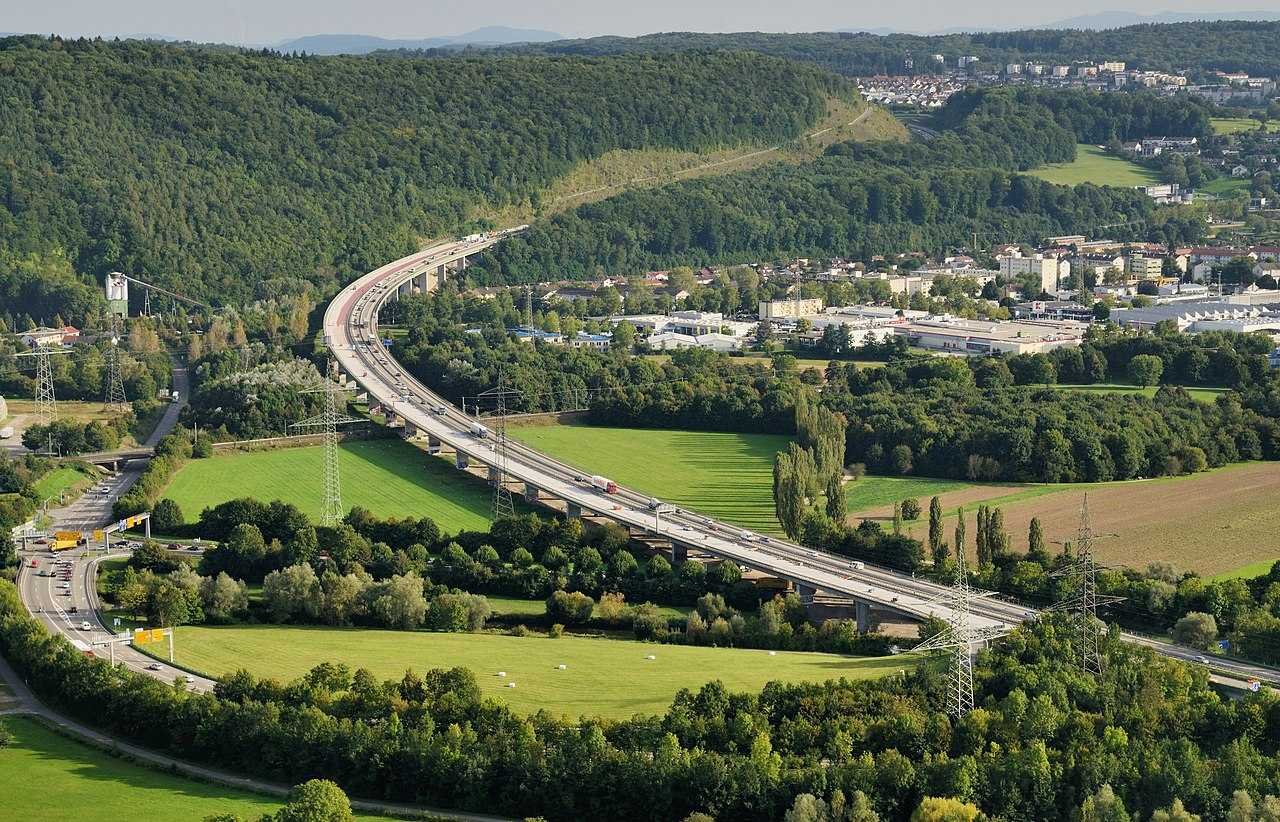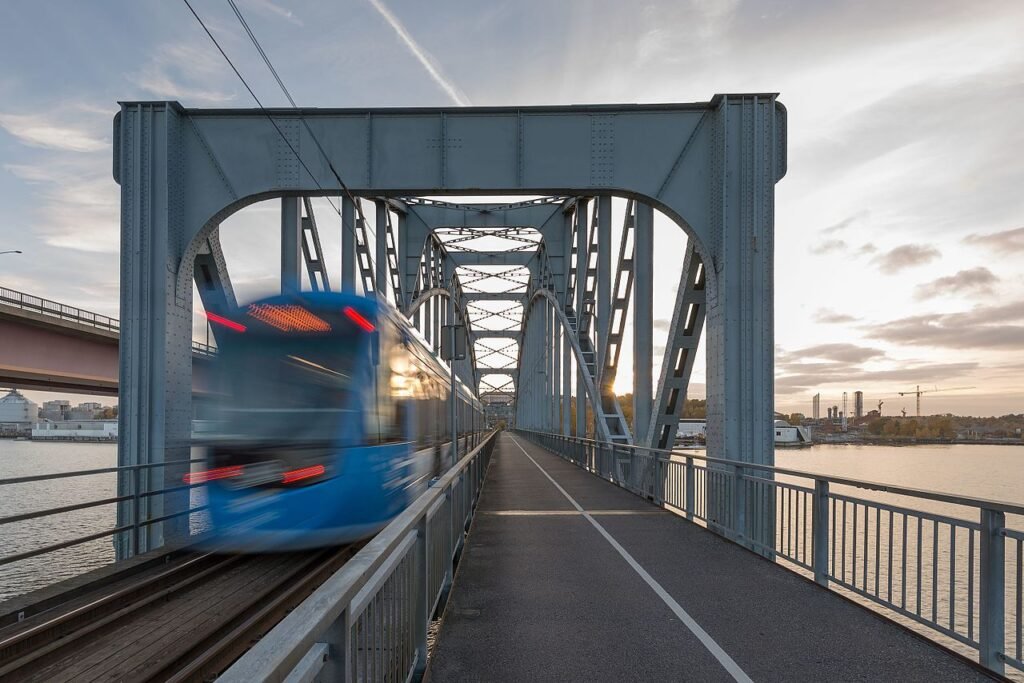
There’s a reason why people often say that “roads are the lifeblood of a country.” Infrastructure is essential for economic growth, connecting businesses and people to markets and resources. It enables trade and commerce, allows for the efficient movement of goods and people, and is necessary for social and economic development.
That’s why it’s so important for countries to invest in their infrastructure. Unfortunately, many countries have been neglecting this critical need in recent years. As a result, the quality of their infrastructure has been deteriorating, making it more difficult for businesses to operate and hindering economic growth.
We need to invest in our infrastructure now more than ever before. By doing so, we can improve our international competitiveness, ensure long-term economic growth, and create more jobs. And it is an opportunity to repave the road to a sustainable future.
- Who invests in infrastructure?
- What are some examples of successful infrastructure investments?
- What is a Public Private Partnership?
- Why should I include infrastructure investment in my portfolio?
Who invests in infrastructure?
Infrastructure Investing is an alternative investment strategy that can provide returns both in terms of yield and appreciation. Investments are made in infrastructure assets such as toll roads, airports, water ports, railways, or cable networks with the goal of achieving attractive risk-adjusted returns through cash flows generated by the infrastructure assets.
The infrastructure sector has become immensely popular within the investment community in recent years, mainly due to its ability to serve as a key growth driver for economies around the world. Its additional appeal lies in its potential to act as an inflation hedge, given that many of these types of assets are essential for economic activity and prices tend to rise over time.
The BRICS countries have been recognized as the dominant emerging markets for infrastructure investing for a number of reasons.
What does it mean to invest in infrastructure?
The first and perhaps most important step is to convince existing investors — both institutional and individual — to move a greater proportion of their investments into infrastructure.
In order for this feat to be achieved, it will take the concerted efforts of governments and other institutions around the world that have been working together to advance and strengthen public-private partnerships (PPPs). PPPs can help make infrastructure projects more appealing and financially feasible by increasing their likelihood of being financed, reducing the risks associated with their development, and increasing speed to market.
Furthermore, they are also seen as an effective tool for fostering economic growth by promoting partnerships between public agencies and private investors in infrastructure projects.
Savvy investors copy top-performing traders. When they trade, you trade.
Choose a broker based in the region where you reside.
eToro USA LLC and eToro USA Securities Inc.; Investing involves risk, including loss of principal; Not a recommendation
Socially Responsible Investing Platform – CA
Copy Trading Platform – UK & EU
ESG & Sustainable Investing Platform – UK & EU
Copy Trading Platform – Global
ESG & Sustainable Investment Platform- Global
eToro is a multi-asset investment platform. The value of your investments may go up or down. Your capital is at risk.
What are some examples of successful infrastructure investments?
Infrastructure is critical to nearly every economy in the world, and it can be found in every sector. From transportation to telecommunications, and renewable energy to water treatment, its benefits are many. Examples include:
- The Crossrail Project in the U.K. will support London’s economic growth by connecting east and west London, relieving congestion on the city’s transport systems, and increasing capacity. It is one of Europe’s largest infrastructure projects, involving more than 60 miles of new rail tunnels under central London.
- The Nueces Bay Causeway in Texas, U.S., is the first toll road in the country to be funded through an innovative public-private partnership (PPP). Investing in this project has allowed for congestion relief and improved access to one of the busiest commercial shipping ports on the east coast of Mexico.
- The Queensland Motorways Project in Australia will deliver eight projects along some of the state’s busiest and most congested roads. It is a $10 billion PPP that will significantly improve road infrastructure and traffic flow between Brisbane and the Gold Coast while creating an estimated 16,000 jobs.
The examples go on and on. There are many more infrastructure projects across the world in different sectors and stages of development. All of these projects have one thing in common: a need for funding in order to be realized.
What type of investments are for infrastructure?
There is an increasing number of investors who view infrastructure as a unique asset class, offering attractive risk-adjusted returns through cash flows generated by the infrastructure assets. This group includes investors from all types of industries and geographies, who for a variety of reasons seek exposure to this asset class.
For example:
- Insurance companies, who are required to invest in CRE assets such as real estate and infrastructure, including airports and toll roads;
- Pension funds and sovereign wealth funds, look to infrastructure as a source of steady income and diversification;
- Infrastructure specialists, who have the technical expertise to develop sustainable assets in their sectors.
- Banks and other financial institutions, whose balance sheets are being increasingly invested in real assets such as infrastructure, provide a different set of risk/return characteristics than the financial assets typically held by banks.
- Individual investors are attracted to infrastructure due to its long-term cash flows and low volatility compared to other asset classes.

What is a Public Private Partnership?
A PPP is a contractual arrangement between a public sector entity and a private sector entity or consortium of entities that provides for the design, construction, financing, operation, and/or maintenance of a facility or group of facilities. A PPP can take many forms but is usually required to involve some form of sharing between the public and private sector in ownership responsibilities, control, risks, or rewards.
Why is infrastructure a good investment?
Opportunity! The BRICS countries have been recognized as the dominant emerging markets for infrastructure investing for a number of reasons. The BRICS nations, which include Brazil, Russia, India, China, and South Africa account for about 42% of the population and 23% of GDP. They make up 18% of global trade by themselves. The size of their economies makes them an attractive market for global investors, their rapidly growing populations represent long-term demographic growth, and their increasing participation in global trade is leading to the rapid expansion of infrastructure.
The BRIC countries are expected to account for almost half of total energy consumption by 2030. They will also contribute more than 50% of the world’s economic growth during that period. These numbers indicate that infrastructure investment in these regions should be a priority for all market participants.
Why do people invest in infrastructure?
Although many investors regard infrastructure as a relatively new asset class, it is not entirely new. In fact, infrastructure has been around for hundreds of years and has evolved from toll bridges and trading ports to more complex ventures such as airports, railways, telecommunications networks, and public utilities. People invest in it because it has an intrinsic cash flow and provides stable returns.
What are the types of infrastructure?
There are primarily three forms of infrastructure: public-private partnerships (P3), greenfield developments, and brownfield developments. In a P3 project, the government acts as a guide for private companies to find suitable locations for projects, while in a brownfield development, the projects are already in place and often need to be rehabilitated or enlarged. In a greenfield development, infrastructure is built from scratch from the ground up.

Why should I include infrastructure investment in my portfolio?
For many private and institutional investors, infrastructure represents a new asset class with attractive risk-adjusted returns. Many investors compare investing in infrastructure to investing in real estate because the cash flows are expected to be similar. One of the main differences between infrastructure and other forms of real estate is that it has more diversification potential.
How do I invest in infrastructure assets?
There are many ways for people to invest in infrastructure. You can purchase individual assets or shares on exchanges or through direct investments. You can also invest through a fund that specializes in infrastructure, which invests in a portfolio of assets.
What is the future of the infrastructure asset class?
The future of infrastructure looks bright as more and more countries recognize the need for it to support their rapidly growing economies and healthy social structures. According to a report from Oxford Economics, global investment in infrastructure needs to reach $3.7 trillion a year to support growth and meet the needs of expanding populations. This amount is considerably more than current levels, but the shortfall is only expected to widen over time.

Dean Emerick is a curator on sustainability issues with ESG The Report, an online resource for SMEs and Investment professionals focusing on ESG principles. Their primary goal is to help middle-market companies automate Impact Reporting with ESG Software. Leveraging the power of AI, machine learning, and AWS to transition to a sustainable business model. Serving clients in the United States, Canada, UK, Europe, and the global community. If you want to get started, don’t forget to Get the Checklist! ✅
